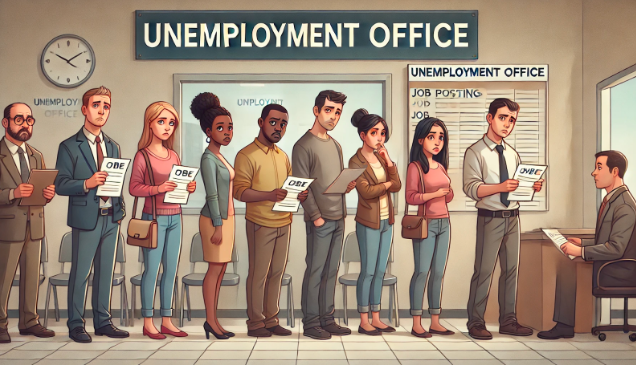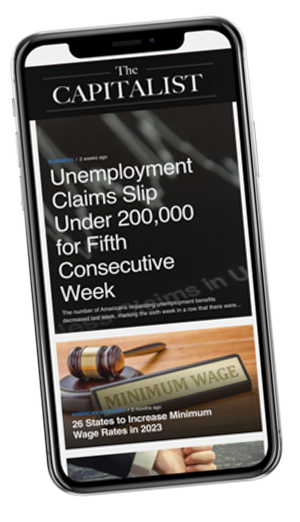News
Latest U.S. Weekly Jobless Claims Surprisingly Less Than Expected

Every week seems to bring a different answer to the question “Is the economy in trouble or not?” For example, the latest report on US weekly jobless claims has caught many by surprise. Contrary to expectations, the number of Americans filing for unemployment benefits fell to 239,000 for the week ending August 12, 2024.
This decrease from the previous week's revised figure of 250,000 suggests that the U.S. labor market remains robust despite a challenging economic backdrop. But what does lower weekly jobless claims mean for the broader economy? More importantly, how should businesses and workers interpret these numbers?
A Strong Labor Market in Uncertain Times
The decline in weekly jobless claims is a key indicator that the labor market is holding up well. Normally, when jobless claims fall, it signals that fewer people are being laid off, which in turn suggests that businesses are confident enough to retain their workers. This trend is particularly striking in the face of recent Federal Reserve interest rate hikes aimed at taming inflation.
Analysts had predicted a slight increase in claims, so this unexpected drop raises questions about the resilience of the labor market. The labor market's strength could complicate the Federal Reserve's plans, as a tight job market may lead to higher wages and continued inflationary pressure. The question on everyone's mind is whether this strength can be sustained or if it's a temporary lull before potential challenges emerge.
Factors Contributing to the Unexpected Decline in Weekly Jobless Claims
Several factors are likely contributing to the drop in weekly jobless claims. The service sector, especially in areas like leisure, hospitality, and healthcare, continues to perform well, supporting job retention. In addition, the post-pandemic recovery has left many employers struggling to find qualified workers, making them more reluctant to lay off staff.
Moreover, the broader economic landscape, while challenging, has not yet led to widespread layoffs. This could change, however, if the Federal Reserve continues to raise interest rates, potentially pushing the economy toward a slowdown. The tight labor market might also reflect businesses' cautious approach to letting go of workers they've struggled to hire and train, leading to a stronger than expected labor market.
Navigating the Uncertain Future
Despite the positive news, it's essential to keep the broader context in mind. The Federal Reserve is still battling inflation, and a strong labor market could lead to further rate hikes. This, in turn, could slow economic growth and increase unemployment in the future. Businesses that are currently benefiting from a stable workforce may need to prepare for a potential shift if borrowing costs rise and consumer demand wanes.
Furthermore, external factors such as geopolitical tensions and slowing global growth could still pose risks to the U.S. economy. Businesses and consumers should stay vigilant as the economic situation continues to evolve. Monitoring upcoming jobless claims reports and other economic indicators will be crucial in assessing the long-term direction of the labor market.
Looking Ahead: Is the Labor Market Resilient or Vulnerable?
The unexpected drop in weekly jobless claims highlights the complexities of the current economic environment. While the labor market remains strong, the future is uncertain, and ongoing challenges could still impact employment levels. Staying informed and prepared for potential changes is crucial in these times. Businesses must balance the optimism of a strong labor market with the caution required in an unpredictable economic climate.



